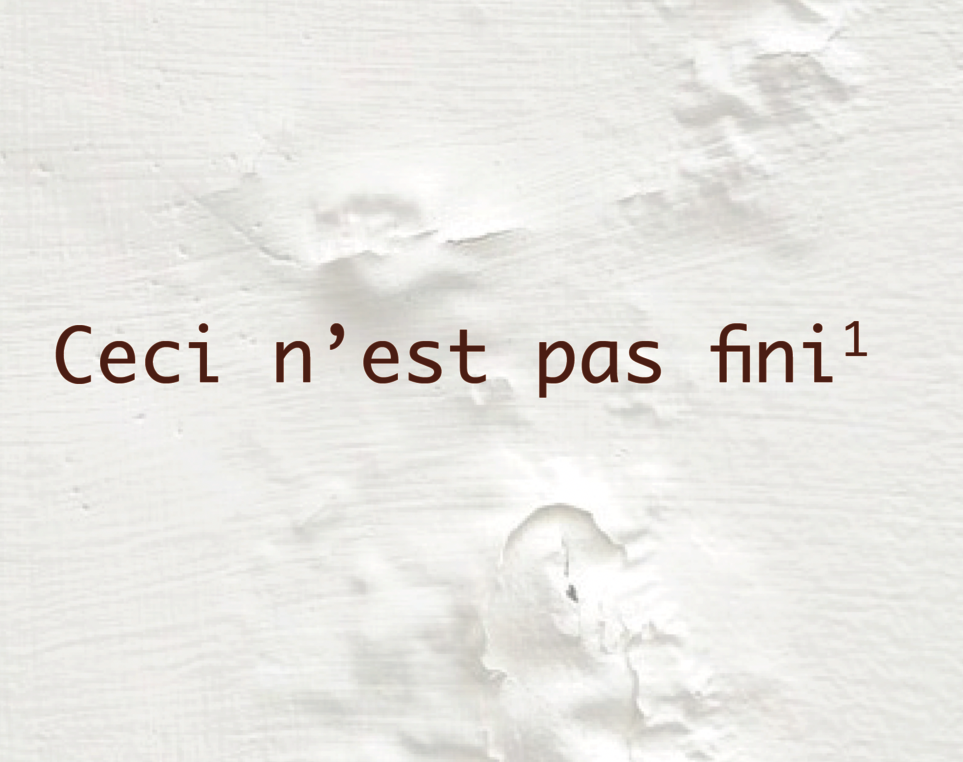In Nature, or at least, what we call and consider as external to Human kind, everything seems perfectly organized. Elements interact with each other, merge into each other, in total self-sufficiency. They look like a continuous environment, where everything happens «naturally». Perhaps Humans feel distant from Nature because they feel a certain need for organization in order not to collapse. Human beings need limits and control. Maybe thats the reason why humanity strives to organize rather than master Nature, in the fear that it may collapse. Considering of all of this, we have never seen this much damage caused by humans to the environment until the XXI st century. Humans, wanting to master everything to perfection _or at least, that’s what they believe they are doing_ try to alter their environment and their own condition a little more. The human capacity to organize and manage change seems to be limited when applied to complex environmental problems. Humans now find themselves as the main culprits of a whole environment in overdrive3. In the hope of compensating their damage, some individuals are experiencing a paradigm shift where they place themselves within Nature. New concepts and philosophies are emerging and are trying to change current practices. Among these emerging concepts, Biomimicry is an interdisciplinary conceptual approach that takes the living world as a model in order to meet the challenges of sustainable development, thus putting Mother Nature on a pedestal, and trying to discover the secrets of this incredible harmony in the hope of being able to draw inspiration from it, and moreover, to improve our actions as humans. With one foot in design and another in biomimicry, I am in a favourable position to contribute to this desirable paradigm shift and try to act accordingly. But within this coherent movement of Nature, certain phenomenons we consider similar to destruction intrigue me. How does this set of living systems manage to maintain this perpetual balance punctuated by multiple disturbances, when we as humans only notice the clumsiness of our actions and the damage caused ? Why would the Living fall back on destruction? Is it not the point that ties us and also separates us at the same time from the environment that surrounds us? This memoir attempts to unravel the mystery of these episodes of destruction and to help understand the benefits they generate within the system. By trying to understand the notion of environmental collapse and factors of vulnerability, I try and elaborate on how resilience is established, for the benefit of design sciences3, and perhaps, take another look at the Living and us as a species. What if destruction was actually the key to « harmony » ?
Les mémoires sont ouverts à la consultation libre: nous vous remercions de respecter le droit d'auteur qui les régit, notamment en termes de citation. La diffusion de ce document a des fins universitaires et ne saurait faire l'objet d'une commercialisation ou d'une reproduction sans l'accord écrit de l'auteur.trice.






